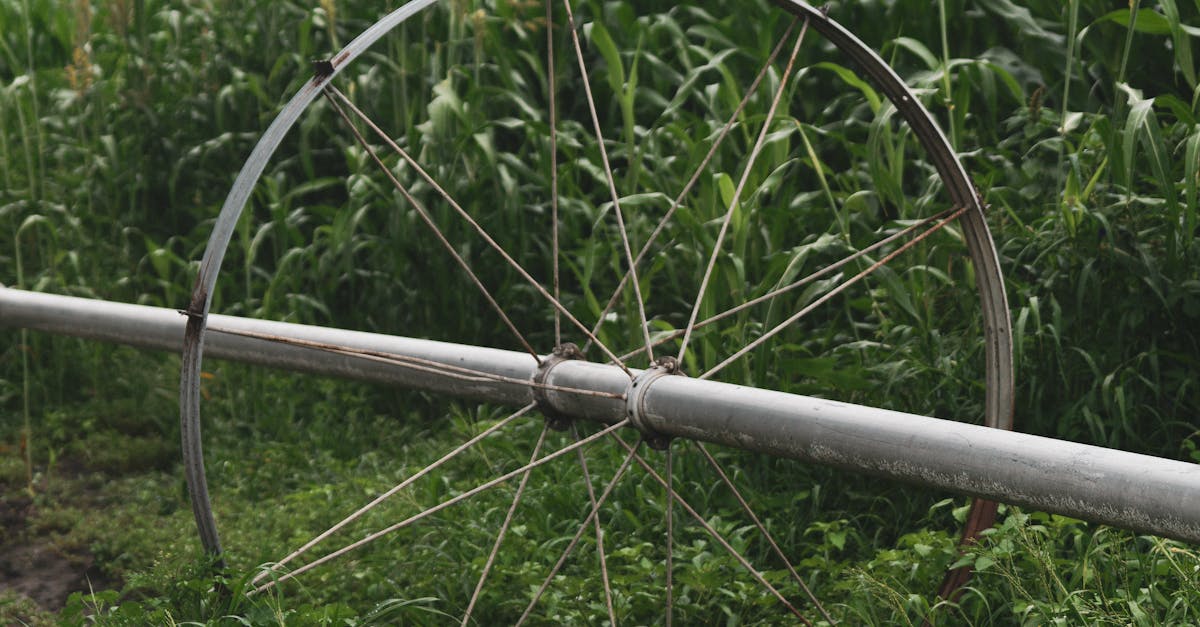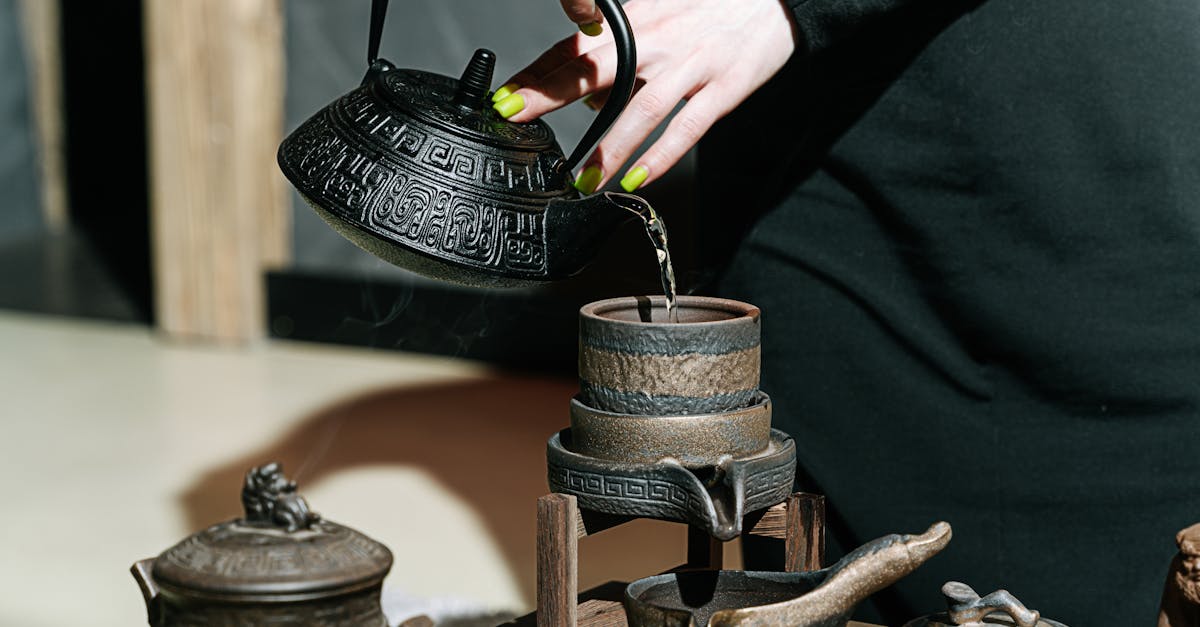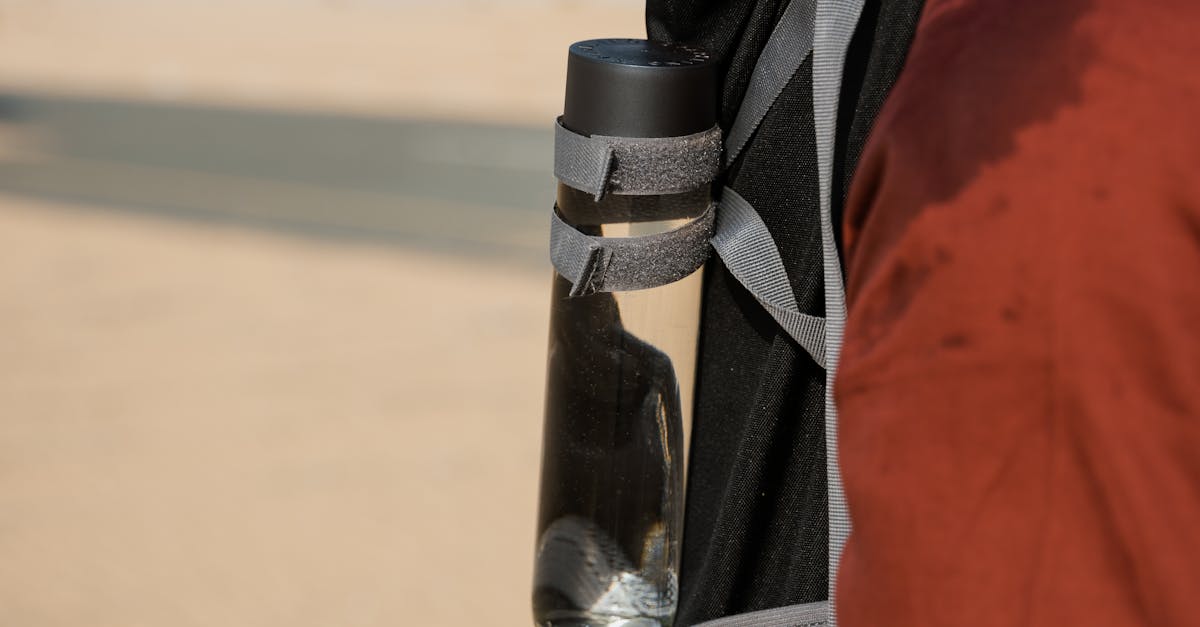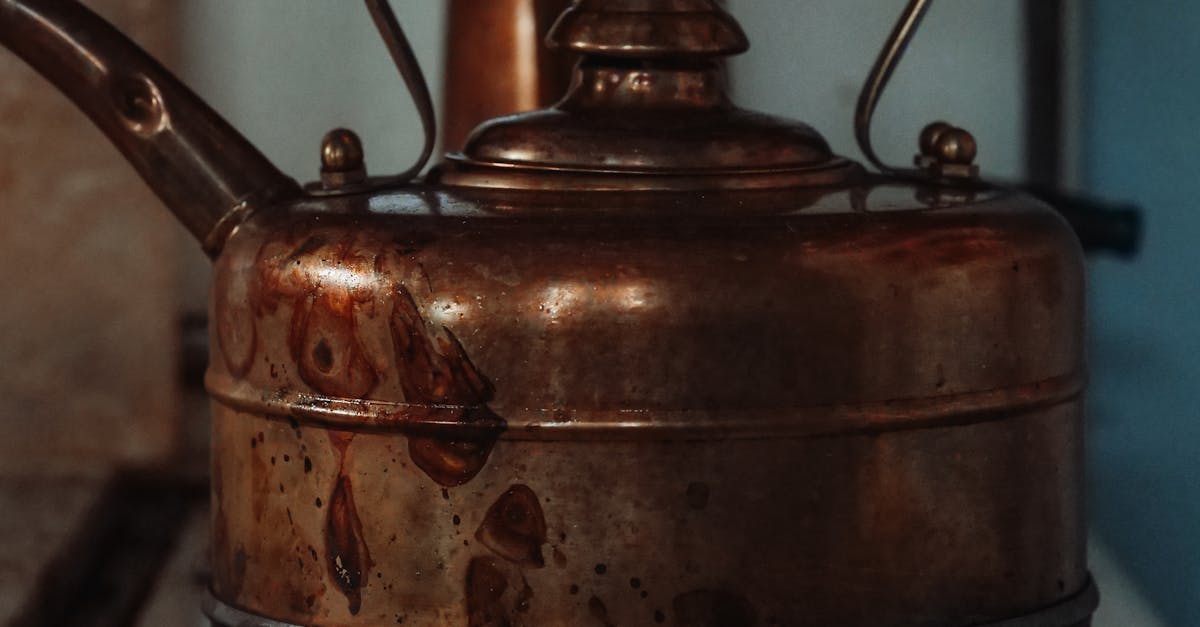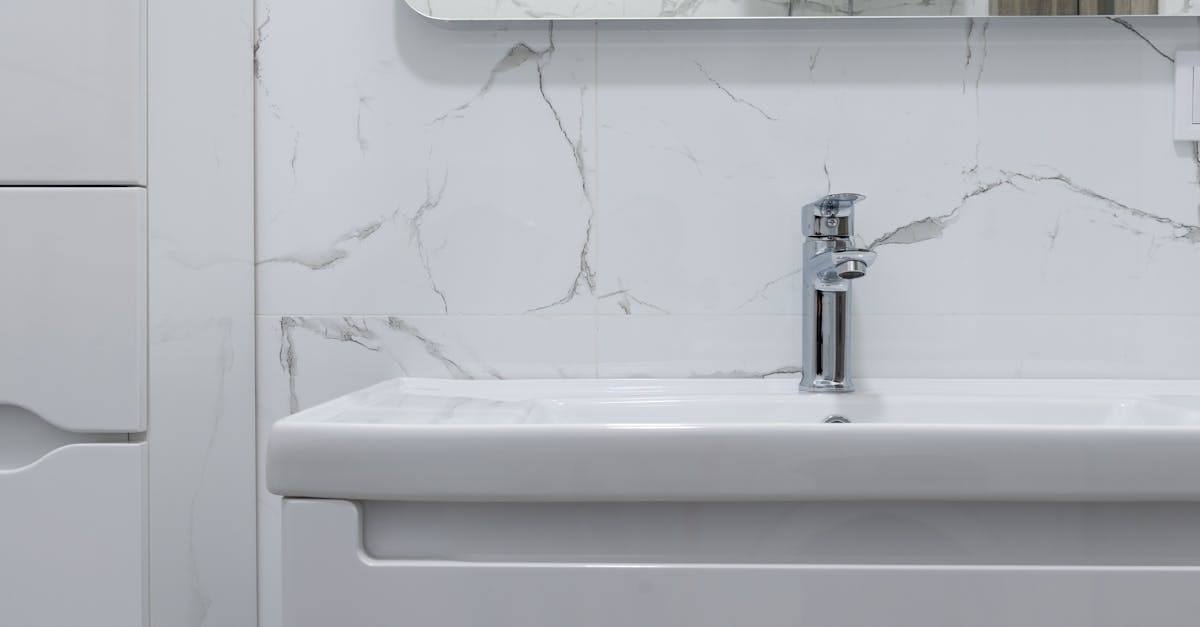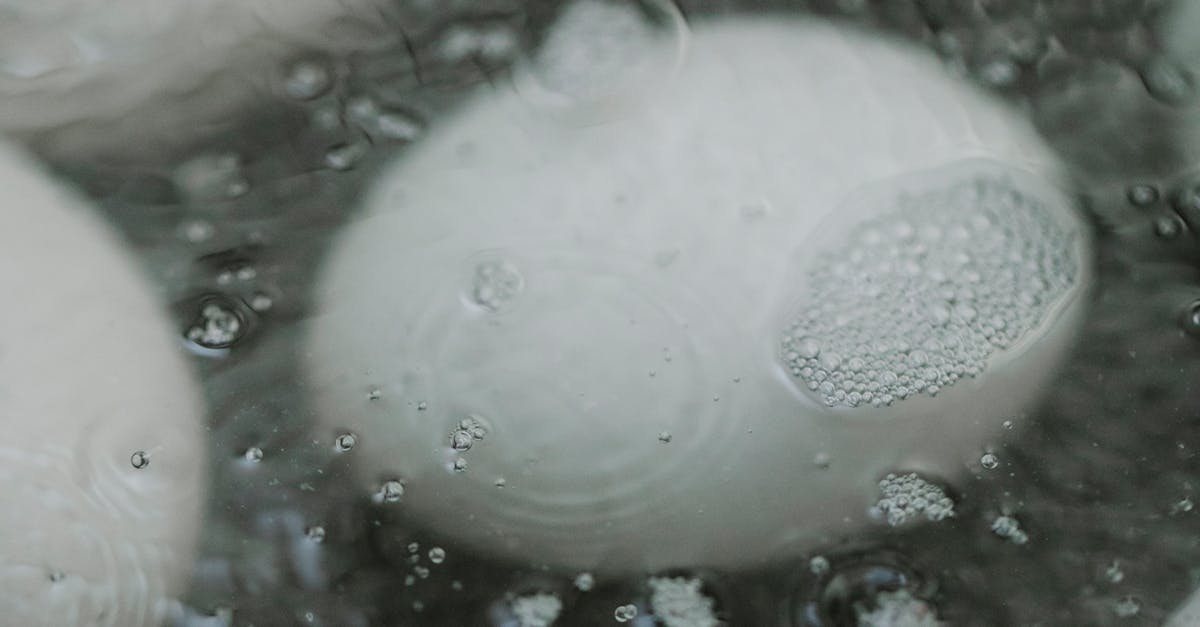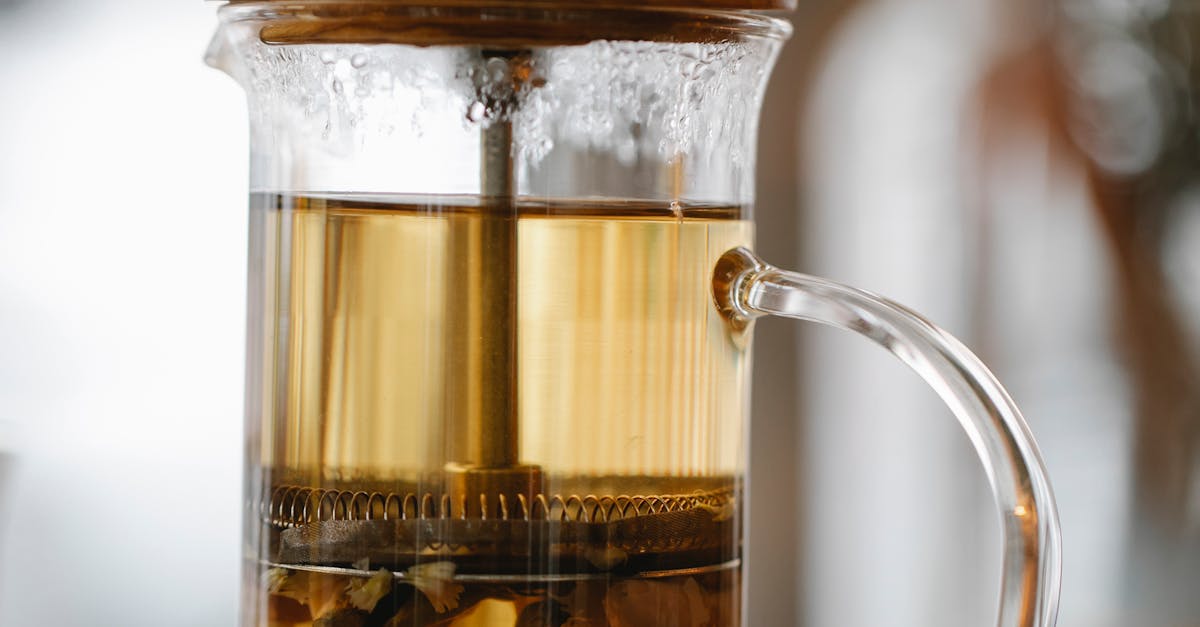
Table Of Contents
Strange Noises from the Heater
Strange noises from an electric hot water heater can indicate underlying issues that need attention. Common sounds like popping, rumbling, or banging often arise from sediment build-up at the bottom of the tank. As the water heats, the sediment heats up as well, causing bubbles to form and collapse. This can create disruptive noises that might alarm users. Regular hot water system troubleshooting can help identify whether sediment accumulation is the culprit and should be addressed to maintain the efficiency of the heater.
In addition to sediment, other sources of strange noises might include loose heating elements or a malfunctioning thermostat. If components are not securely fastened, vibrations can produce clanking or rattling sounds during operation. Ignoring these noises can lead to further damage and more costly repairs down the line. Engaging in hot water system troubleshooting can assist in pinpointing these issues early, allowing for a more effective maintenance approach to ensure the water heater operates smoothly and quietly.
Investigating Sediment BuildUp
Sediment build-up is a common issue that can significantly affect the efficiency of your electric hot water heater. Over time, minerals such as calcium and magnesium can accumulate at the bottom of the tank, creating a barrier between the water and the heating element. This sediment layer can lead to decreased efficiency, increased energy costs, and even premature failure of the unit. Regular inspections and maintenance can help identify and mitigate these issues before they escalate.
When performing hot water system troubleshooting, it's essential to consider the age and condition of your heater. If your unit is older, sediment may be particularly problematic. Draining and flushing the tank can help remove accumulated debris and restore optimal performance. Professional servicing may also be beneficial in cases where sediment has hardened, requiring specialized equipment to address the problem effectively.
Discolored or FoulSmelling Water
Discolored or foul-smelling water can be a sign of underlying issues within your electric hot water heater. When sediment builds up over time, it can lead to corrosion and the presence of rust particles in the water. Additionally, bacterial growth can produce unpleasant smells, often reminiscent of rotten eggs. This is typically due to a reaction between certain types of anode rods and the water used in the system. Regular maintenance is essential to preventing these problems from developing.
In the process of hot water system troubleshooting, it's important to examine both the water quality and the condition of the tank. If you notice discolored water, consider flushing the tank to remove sediment. If the water continues to have an unpleasant odor or color, replacing the anode rod or even the entire unit might be necessary. Ensuring your hot water system operates efficiently can significantly enhance your water quality and overall experience.
Examining Potential Contaminants
Contaminated water can lead to discolored or foul-smelling water from your electric hot water heater. Symptoms might include an off-putting odor reminiscent of rotten eggs, which often indicates the presence of hydrogen sulfide gas. This gas typically results from bacteria thriving in stagnant water, especially if the tank has not been regularly maintained. In such cases, a thorough examination of the water quality is essential, and conducting Hot Water System Troubleshooting can help identify potential issues.
In addition to odor, cloudy or discolored water may signal other contaminants. Rust or mineral buildup from outdated plumbing can introduce particles into the hot water supply. If this is suspected, turning to Hot Water System Troubleshooting techniques can provide clarity. Inspecting the source of the water, the condition of pipes, and even the anode rod within the tank might uncover hidden problems, ensuring a safe and clean water supply.
Pressure Relief Valve Issues
The pressure relief valve is one of the essential components of a hot water heater. This safety feature is designed to release excess pressure from the tank. If it malfunctions, it can lead to significant issues, including leaks or, in extreme cases, explosions. Regular inspections can help identify any problems with the valve before they escalate.
Hot Water System Troubleshooting often involves checking the pressure relief valve for signs of wear or corrosion. If the valve is dripping or constantly leaking, this may indicate it's not functioning properly. A faulty valve could also prevent the system from adequately regulating pressure, which can jeopardize the overall safety of your hot water heater. Addressing these issues promptly is crucial for maintaining the efficiency and safety of your appliance.
Recognizing the Signs of Failure
The pressure relief valve is a critical component of your hot water heater, designed to release excess pressure to prevent potential explosions. If you notice water pooling around the base of the valve or hear a hissing sound, these may be signs of trouble. Regular inspection of the valve can help catch issues early. If the valve is leaking or does not release pressure when needed, it’s essential to address this in your hot water system troubleshooting.
Another sign of pressure relief valve problems includes fluctuating water temperatures. If the water shifts from scorching hot to cold unexpectedly, it may indicate that the valve is malfunctioning. It’s important to act promptly, as continued use under these conditions could damage the entire system. Monitoring the performance and condition of your hot water heater will aid in identifying issues before they escalate.
FAQS
What are common strange noises my electric hot water heater might make?
Common strange noises include popping, rumbling, or hissing sounds, which may indicate sediment build-up or a malfunctioning heating element.
How can I check for sediment build-up in my electric hot water heater?
You can check for sediment build-up by draining a small amount of water from the tank to see if any particles or discoloration appear. If you notice sediment, it may be necessary to flush the tank.
What could cause discolored or foul-smelling water from my hot water heater?
Discolored or foul-smelling water may be caused by bacteria growing in the tank, rusted pipes, or sediment that has not been removed. It's essential to investigate and address the issue promptly.
How do I know if my hot water heater's pressure relief valve is failing?
Signs of a failing pressure relief valve include leaks around the valve, water pooling under the heater, or the valve opening and releasing water frequently. If you notice any of these signs, it's important to have it inspected or replaced.
Is it safe to continue using my electric hot water heater if I notice issues?
If you notice ongoing issues, such as strange noises or discolored water, it’s advisable to stop using the heater and consult a professional to prevent further damage or potential safety hazards.










